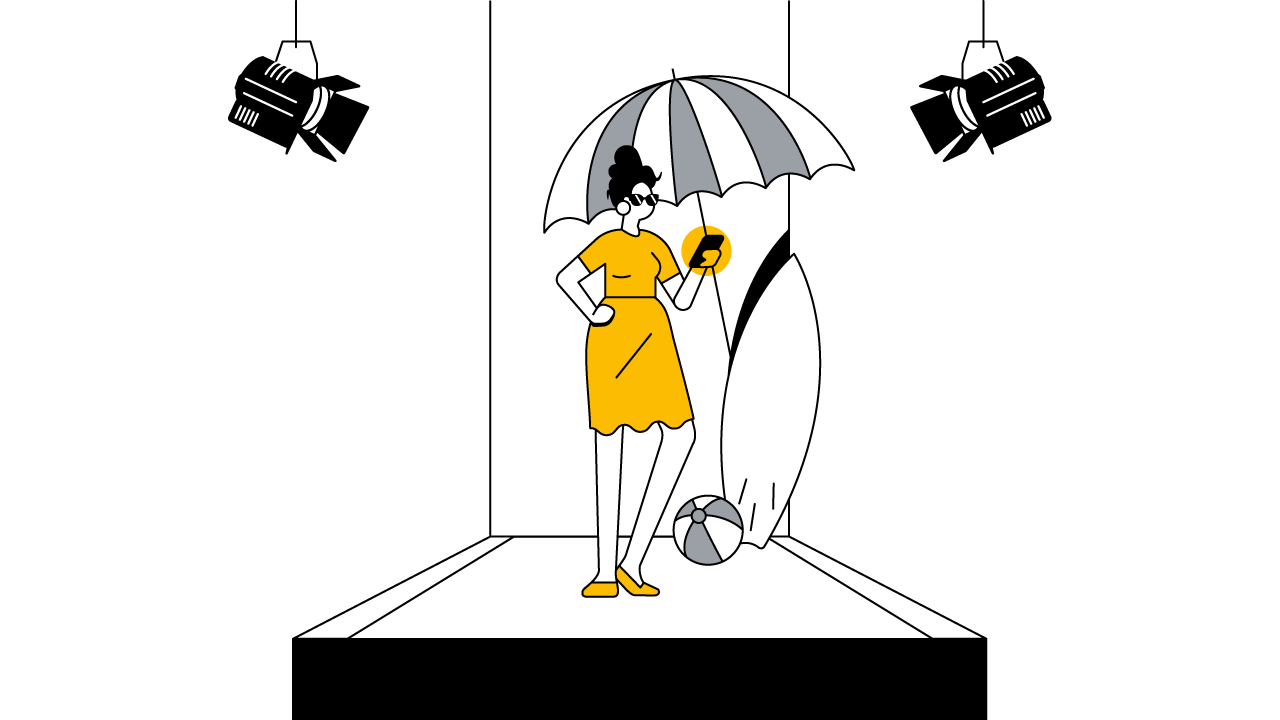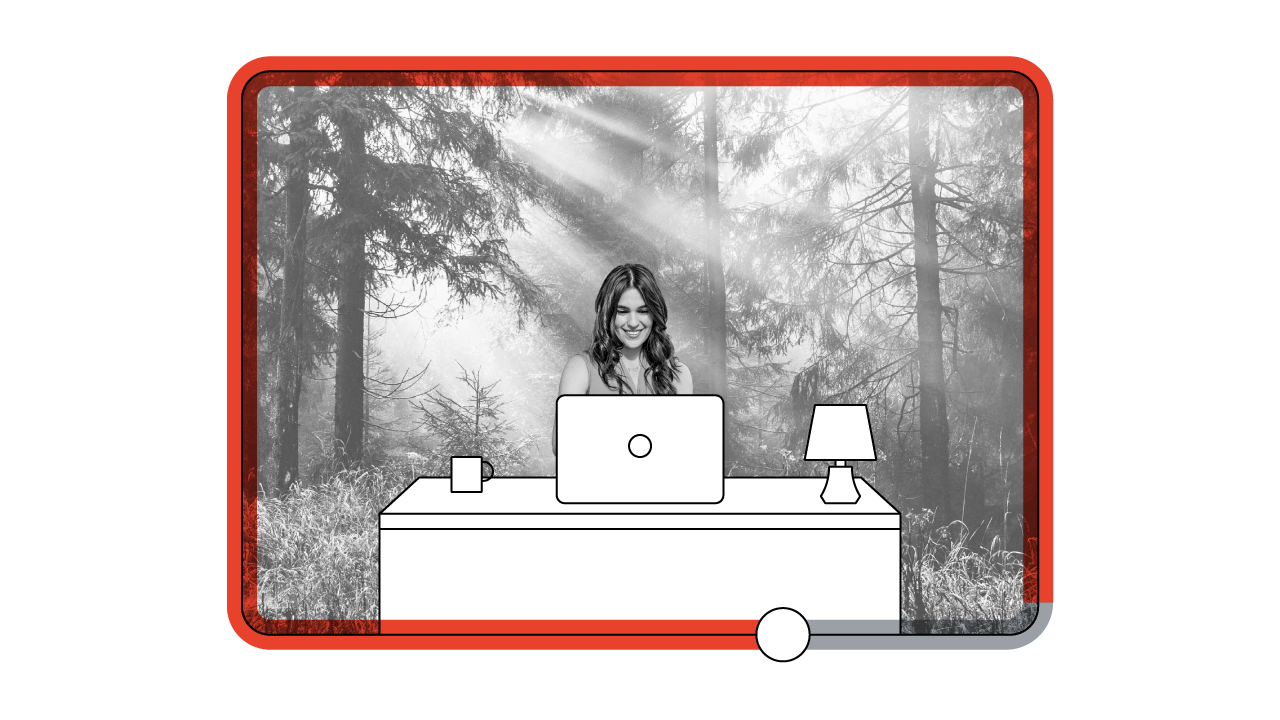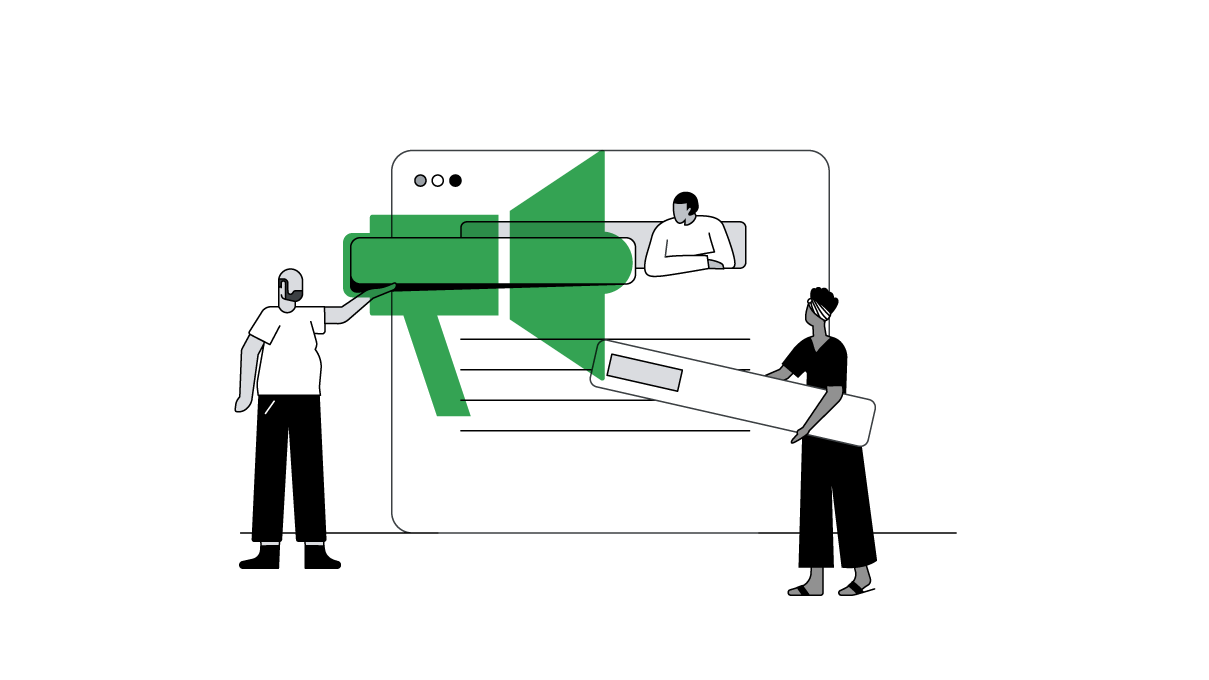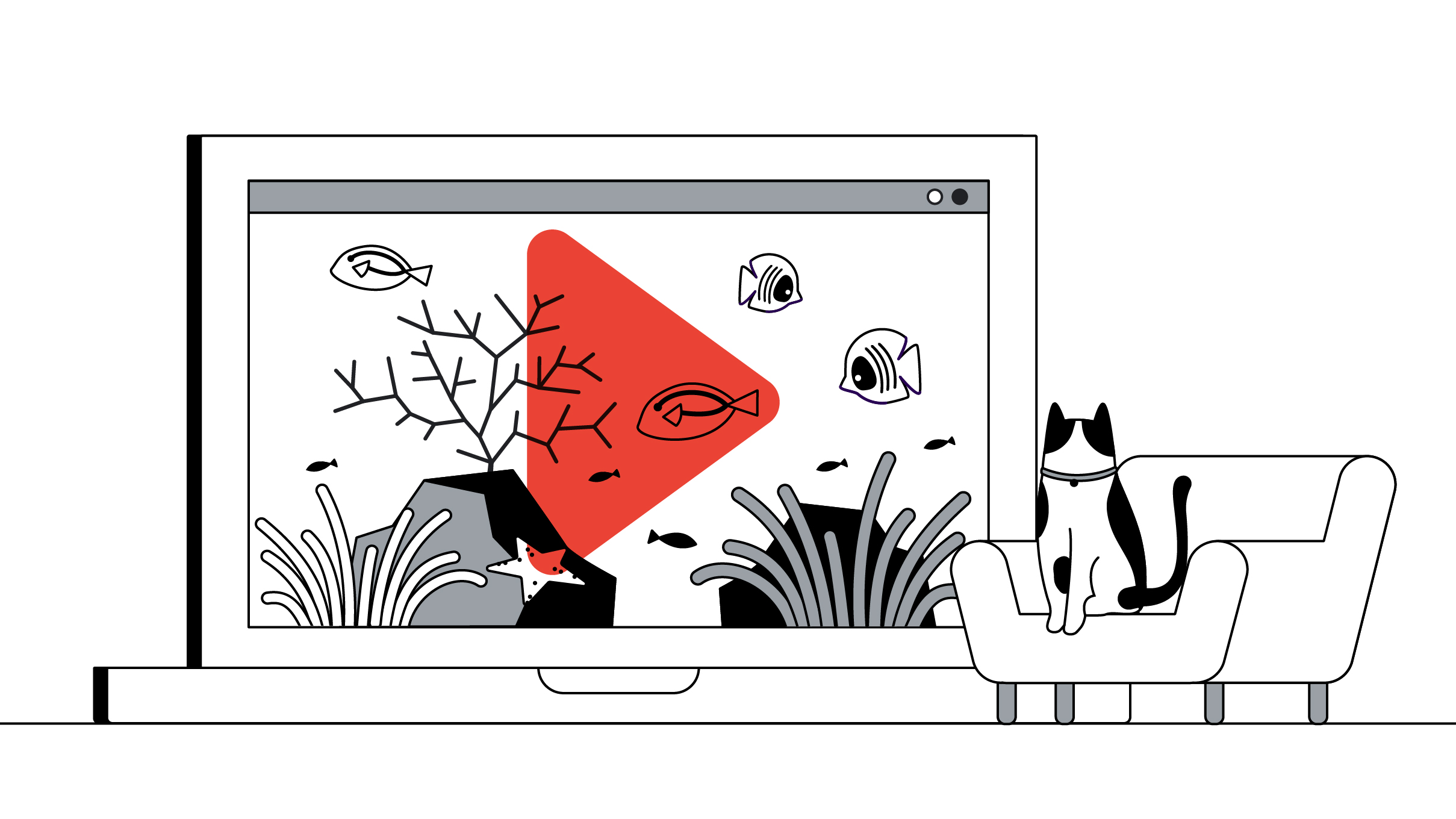Gemma Johnson is director of digital growth at Starling Bank, leading the organisation’s online marketing strategy.
We’d always wanted to do a campaign that tied into Starling’s commitments and our focus on sustainability, but we felt a typical ad wasn’t quite right. To engage people on such an important subject, you have to think and do things differently, and a YouTube creator partnership with Jack Harries felt like the right fit.
A filmmaker, producer, and activist, Jack was travelling the length of the U.K. and sharing stories from the frontline of climate change to coincide with last year’s COP26. This journey became the basis of Seat At The Table, an 11-part YouTube Originals docuseries that we were enormously proud to support and be a part of.
Here, we share four key learnings from that campaign and explore the value that can be unlocked with an effective creator partnership on YouTube.
Successful partnerships are built on trust
Our project with Jack came off the back of conversations with our partners at Google. Sustainability is a core value of Starling’s — we use recycled plastic for our debit cards, our offices run on renewable energy, and we offset any carbon emissions we produce — and the team there knew the kind of opportunities that would appeal.
Once the initial introductions had been made, we spent time with Jack to discover where our values aligned — not just on the immediate project but on the much bigger picture. It was also important for Jack that any partnership should enhance his work and the relationship he’s built with his 3.7 million YouTube subscribers, while we wanted to be sure it was the right fit for Starling and our customers.
The series amassed 50M YouTube views from 12M unique individuals — the equivalent of more than 17% of the population of the U.K. — tuning in.
That early work on alignment was so critical, because ultimately, an effective creator partnership means having the trust as a brand or marketer to step back and let them do their thing. If you try to muscle in and change their voice too much, you risk undermining the very thing you came to them for in the first place: authenticity.
Being bold can sometimes mean going small
Everything about the project required a very different mindset to a standard brand campaign. From the beginning, we knew that it wasn’t about Starling. Instead, it was about us giving a platform to something we believe in, helping amplify important voices, and improving the visibility of Seat At The Table — including a giant projection on the side of the COP26 conference hall.
With any campaign based around a cause or brand purpose, you have to be bold. In this case, that meant pulling back on our branding and going small on logos or removing them altogether.
Where we got real value was from the conversation between Jack and Starling CEO and Founder Anne Boden. That helped us get across what we stand for as a brand in an engaging and meaningful way — and we didn’t have to plaster our logo anywhere.
Following up the conversation is just as important
We didn’t go into the project looking to drive direct engagement with Starling, but it was important to us that if anyone did come to the website looking for more information, the user experience was set up to help.
This meant ensuring our sustainability messaging was prominent on the home page, with a link to a specific section of the site dedicated to our sustainability commitments. We wanted to be sure that any questions people had — such as where Starling is now and what work needs to be done — were answered in a clear, concise, and honest way.
Opening that dialogue through our partnership with Jack proved incredibly successful. Brand awareness of Starling reached its highest ever level at 72%, and traffic to the sustainable banking area of our website increased by 300% year-on-year.
The right audience needs the right platform
YouTube is an important platform in Starling’s media mix at any time, because it allows us to reach incremental audiences that we can’t always reach elsewhere. We saw that come to life not just in Jack’s content but in the comments and reactions on each video.
We didn’t set hard performance metrics at the start, but our strong expectations around views and reach were completely surpassed, with the series amassing 50 million YouTube views from 12 million unique individuals — the equivalent of more than 17% of the population of the U.K. — tuning in. Numbers aside, an equally big coup was Jack speaking to such respected names as President Barack Obama, Dr. Jane Goodall and Sir David Attenborough for the series.
Any bank — or indeed any brand — would struggle to get that kind of access, which shows just how much can be achieved by working with the right creator.
4 steps to a successful creator partnership
- Build trust. Take time to form a partnership based on trust — that way, you can give creators the freedom to do what they do best. If their content is already connecting with an audience, there’s no need to try to change it.
- Be bold. Make a statement, whether that’s in the cause you champion or shifting your mindset on branding. Big is rarely better when it comes to logos in a creator partnership — find other, more inventive, ways to make your mark.
- Follow up. Good partnerships generate engagement. Be ready on your own channels to answer any questions you might generate from a partnership.
- Find the right audience. Experiment with different platforms — and the creators on them — to connect with new or hard-to-reach audiences.






